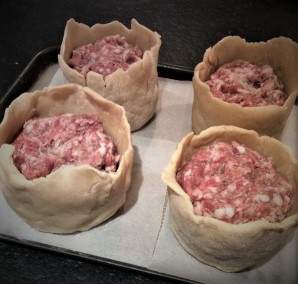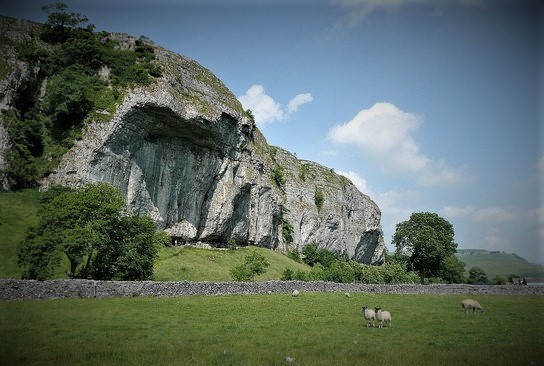In pursuit of the pork pie
There are some folk down in Leicestershire who think their pork pies are better than any other. They’ve got some funny ideas in Melton Mowbray. For in reality it’s not where a pie comes from that makes it the best, but what’s in it that’s the true test. Of course, we in Yorkshire would argue that anything created within our borders knocks spots off whatever is conjured up outside them. Let’s face it – it’s in our DNA to do so whether we be talking about pies, beer, rhubarb or nutty slack.
History tells us that the first recorded recipe for a pork pie was in 1390 in the kitchen of King Richard II, the monarch whose actions led ultimately to War of Roses. Clearly, he has a lot to answer for given that the lands of the white and red roses are still prodding each other across the Pennines from time to time to this day.

Like so much of our traditional dishes, the British raised pork pie has its origins as a means of preserving meat. Unlike salting, curing and air drying, making pork pies was not intended to keep meat edible for some months, but was a way of extending the time over which pork could be eaten after a pig was slaughtered. And pretty much every rural family – even very poor folk – had a pig in the back yard as a source of food. The hot water pork pie crust – made from boiling lard in salted water and tipping it into flour – acted as a container for the meat so it stayed fresher longer or didn’t get damaged in transit. Think edible Tupperware and you’re pretty near the mark.
Hot water pastry is capable of being moulded into shapes which support their own weight, so is ideal as a pastry pot for a good dollop of pork and herb and spice flavourings. Traditionally pies are made by raising the pastry into a cylindrical shape with a firm base, which it’s possible to do by hand, with the aid of a cylindrical shape like a jam jar or ‘pie dolly’ a wooden mould with a smooth knob handle at the top. The jar or dolly is removed when the pastry has reached the required height and is replaced with the pork and seasonings to taste. The pie is then sealed with a hot water pastry lid and a hole cut in the top.
Baca Juga : Bumper calendar for 2016
Centuries ago, once the pie was baked, clarified butter was poured through the hole and the raised crust ensured the butter didn’t run out. When solidified, the butter excluded the air from touching the meat, keeping it fresh for some time, especially as hot water pastry doesn’t go stale as quickly as other types. These days keeping meat fresh is not the primary purpose behind baking pork pies, so clarified butter is no longer used. But the meat still shrinks as it cooks, leaving a gap between the pastry and the meat filling which is why we now add a rich stock through the hole in the lid which sets into a firm jelly.

The spiritual home of the Yorkshire pork pie is the Old Bridge Inn at Rippondon near Halifax. Here, the Pork Pie Appreciation Society meets on regular Saturdays where members have over the last few years subjected more than 1,000 pie offerings to intense critical scrutiny. It’s not always been a good experience as they’re the first to admit – some pies, they say, have sent them into raptures while others have steered them speedily to the gents…
Members protect their pie connoisseurship with jealousy. And these are their rules for testing them: “First the pie is held up to the light, to admire its colour and structure. A good pie must not mind being probed, prodded and poked and, when sniffed, it must have an aromatic bouquet. “The pie is cut then into two and the experts speculate upon its provenance and appellation. First the crust is nibbled and savoured. The the wedge is bitten into, its jelly swilled from one side of the mouth to the other. The meat is masticated noisily to extract every subtle nuance of taste.
“Only in Yorkshire can a pork pie be properly appreciated. A baked box of pulverised pig body parts is not something to be scoffed at.” There is very definitely an art to the pork pie, and one who knows it as well as the best pork pie maker is Yorkshire artisan butcher Chris Moorby who works with us to deliver top notch charcuterie sessions as part of our Kitchen Social events.
Chris showed me how to make a traditional hand raised pie and the pictures here show the results. A bit of a pig’s ear if I’m honest, and work in progress I think, but great fun to make with a tremendous feeling of accomplishment. As befits something as special as a pork pie… Here’s the recipe Chris gave me which I’ve tweaked a bit because after all, every pork pie maker wants to make the recipe their own. The quantities here make four 1lb pies.
